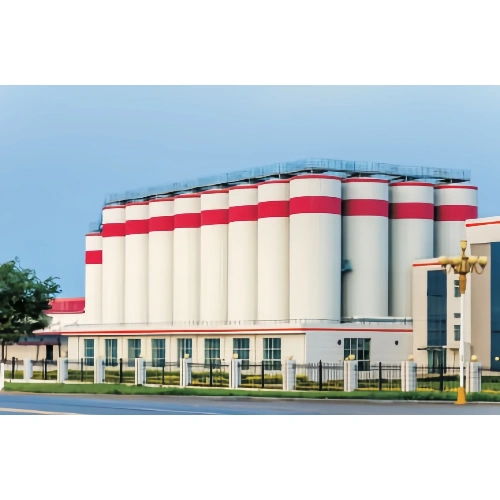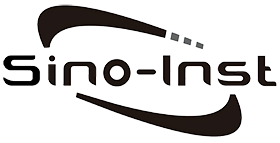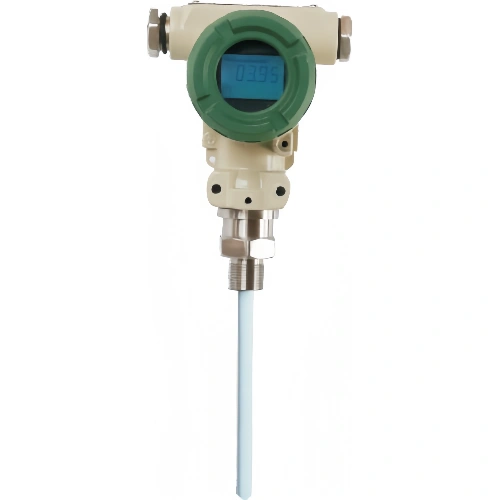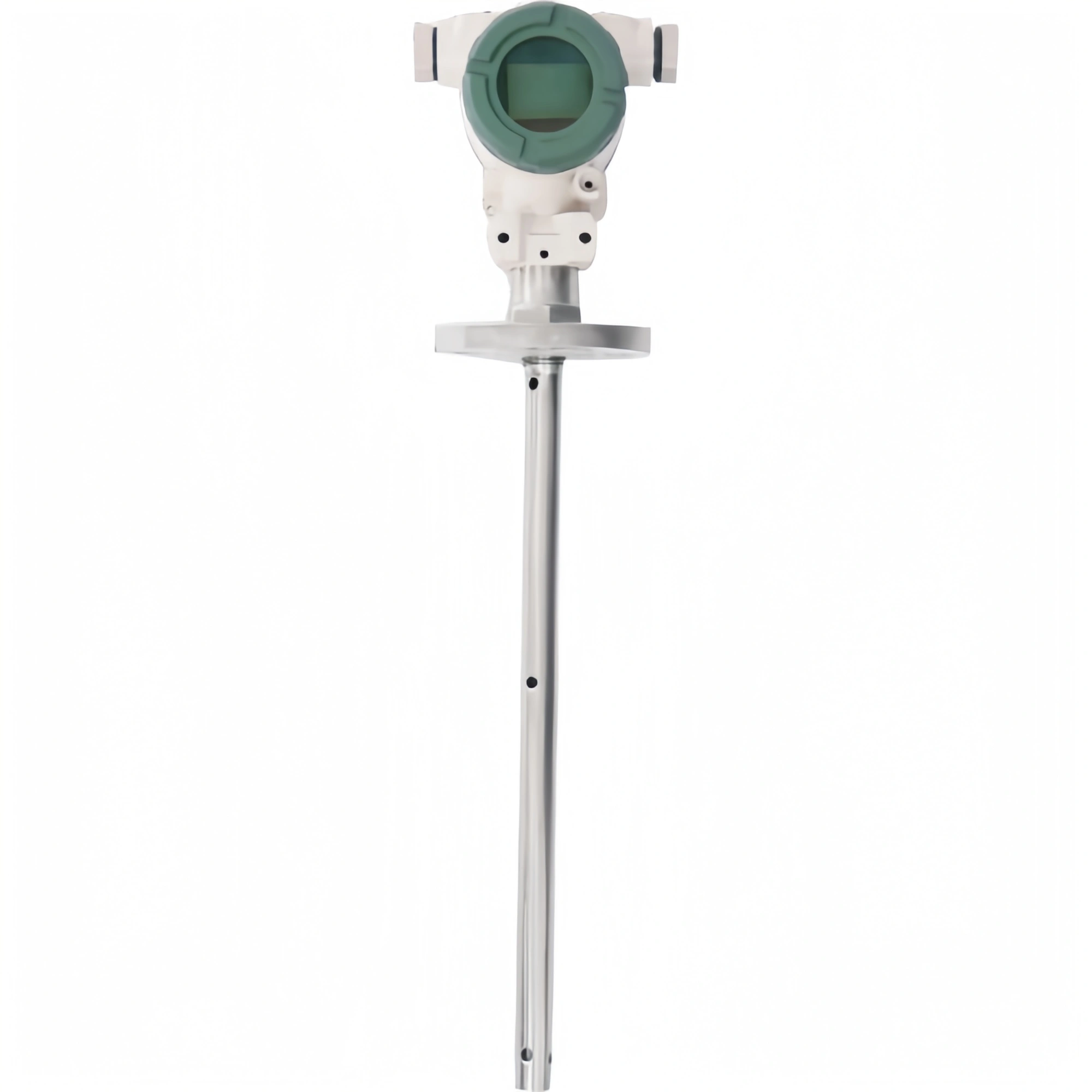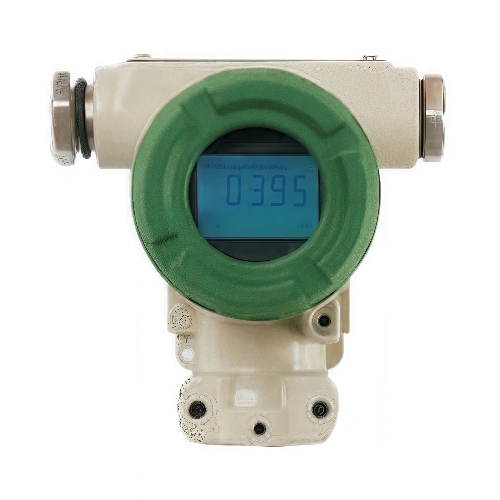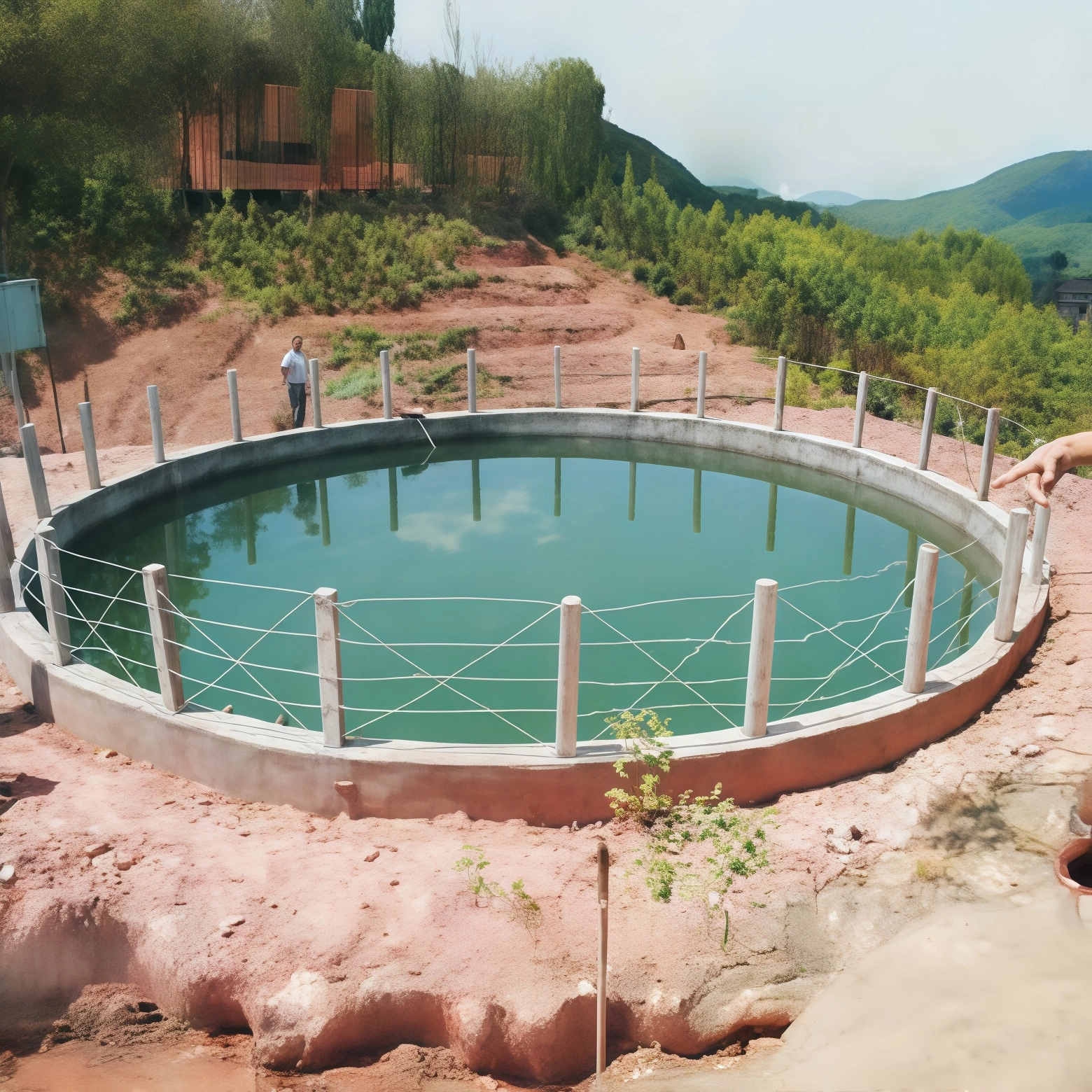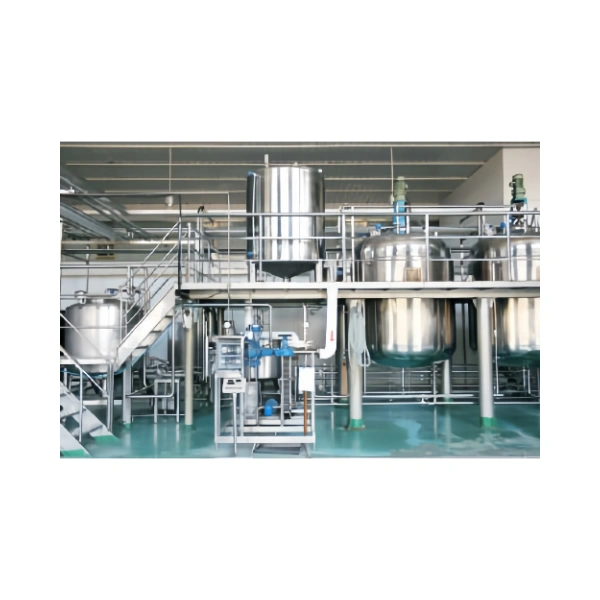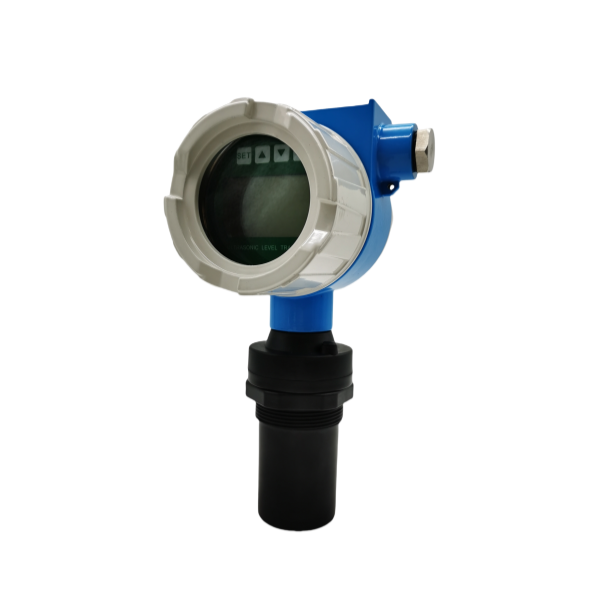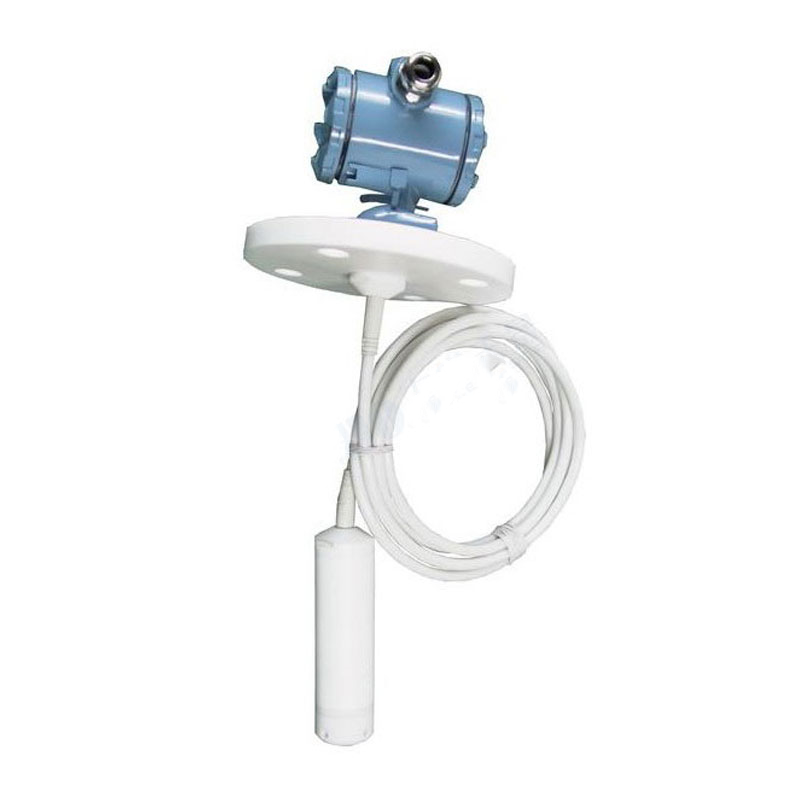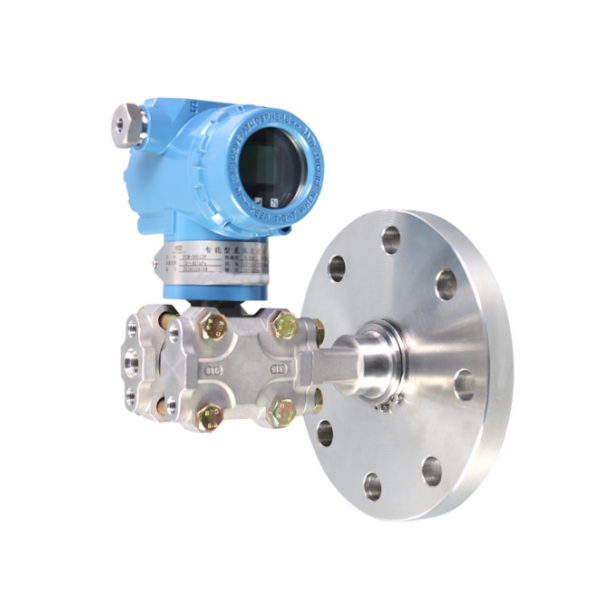What is a Level Sensor?
Level sensors are instruments used to measure the height of liquid or solids in a tank. They are broadly divided into level switches and level gauges.
Level gauges are instruments that continuously detect or measure the liquid level from near the top of a container. They can manage the remaining liquid level more accurately than level switches.
Level switches are sensors used to detect the amount of material at a specific location in a container. One type of level switch detects the liquid level through contact sensors installed at the upper and lower limits of the liquid level.
Another type of level switch can accurately detect the distance between the sensor head and the material in the container. This type of level switch usually uses ultrasonic waves from near the top of the container.
Classification of Level Sensors:
Liquid level sensors can be divided into many types according to different working principles and application requirements. Common types include float type, capacitive type, ultrasonic type, radar type and static pressure type.
Float type liquid level sensor uses the buoyancy principle of the float to move up and down with the change of liquid level, and transmits the position signal mechanically or electrically.
Capacitive liquid level sensor determines the liquid level by measuring the change of capacitance, with high accuracy. Ultrasonic and radar liquid level sensors use the time difference between the transmitted signal and the received signal to calculate the liquid level, which is suitable for high temperature, high pressure and corrosive environments.
Static pressure liquid level sensor determines the liquid level by measuring the pressure exerted by the liquid on the bottom of the sensor, with good stability and reliability.